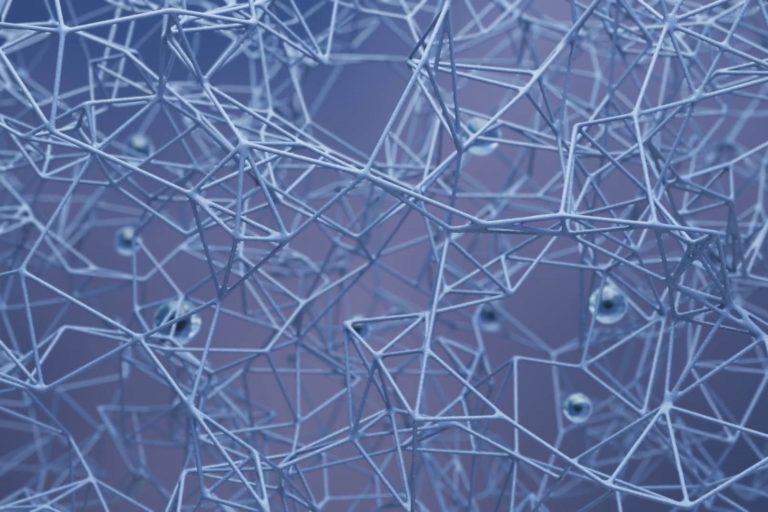
The Fascia Guide: A podcast about the body & new research
The Fascia Guide is a podcast about the body, new research, and a changed perspective on health, pain, and discomfort.


The Fascia Guide is a podcast about the body, new research, and a changed perspective on health, pain, and discomfort.

The Fascia Guide is a free seven-part course consisting of what you need to understand Fascia and how new research is changing the view on pain and discomfort.

Learn what a body is, how it functions, how to take care of it, and how to help other people feel better. All courses are digital, and you can proceed at your own pace.

“Fascia – The Body’s Network Without Beginning or End” is a documentary about how new research profoundly changes the way we look at the living human body.

Few scientific discoveries have the potential to reshape our understanding of life as profoundly as Gerald H. Pollack’s work on water. For over two decades, Professor Pollack, bioengineering professor at the University of Washington, has explored what he calls the Fourth Phase of Water, or Exclusion Zone (EZ) water. His findings challenge long-standing assumptions in biology, physics, and chemistry – and may well merit the world’s highest scientific honor: the Nobel Prize.

Fascian tar emot och avlastar tryck. Vad menas då med det? Jo, helt enkelt att den fördelar trycket över en större volym. Får du ett slag på axeln så tar så klart axeln en stor kraft men kraften kommer också att fördelas åt alla håll genom kroppen, upp genom halsen till huvudet, ner i armen och ner genom bålen, buk och rygg, genom benet ända ner i tårna.

Fascia research in all its glory, but how do you present it so that ordinary people understand it, gets excited and start realizing the potential benefits of understanding how the body works?

The Fascia Guide is a podcast about the body, new research, and a changed perspective on health, pain, and discomfort.

Few scientific discoveries have the potential to reshape our understanding of life as profoundly as Gerald H. Pollack’s work on water. For over two decades, Professor Pollack, bioengineering professor at the University of Washington, has explored what he calls the Fourth Phase of Water, or Exclusion Zone (EZ) water. His findings challenge long-standing assumptions in biology, physics, and chemistry – and may well merit the world’s highest scientific honor: the Nobel Prize.

Fascian tar emot och avlastar tryck. Vad menas då med det? Jo, helt enkelt att den fördelar trycket över en större volym. Får du ett slag på axeln så tar så klart axeln en stor kraft men kraften kommer också att fördelas åt alla håll genom kroppen, upp genom halsen till huvudet, ner i armen och ner genom bålen, buk och rygg, genom benet ända ner i tårna.

Fascia research in all its glory, but how do you present it so that ordinary people understand it, gets excited and start realizing the potential benefits of understanding how the body works?

The Fascia Guide is a podcast about the body, new research, and a changed perspective on health, pain, and discomfort.

Fascia research in all its glory, but how do you present it so that ordinary people understand it, gets excited and start realizing the potential benefits of understanding how the body works?

What does it even mean that Fascia is a new paradigm, a new perspective?How do we learn anything for that matter?

What happens when you discover that things are not as you thought? Fascia and the living body starts as a fascinating subject, new research, a new organ and new insights.

What does it even mean that Fascia is a new paradigm, a new perspective?How do we learn anything for that matter?